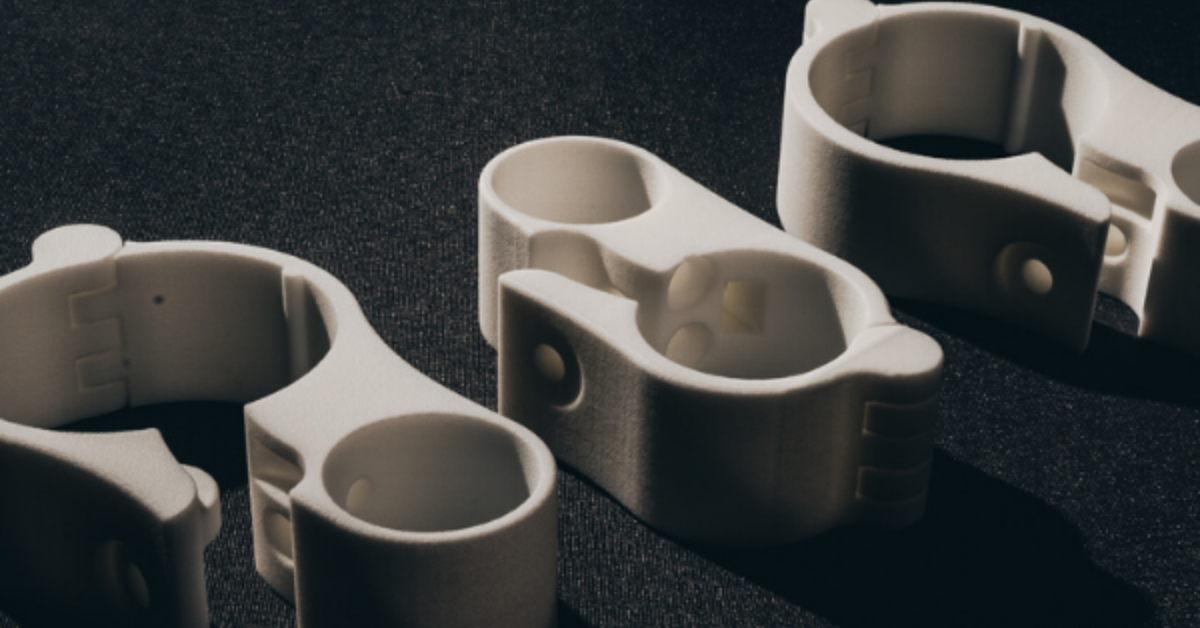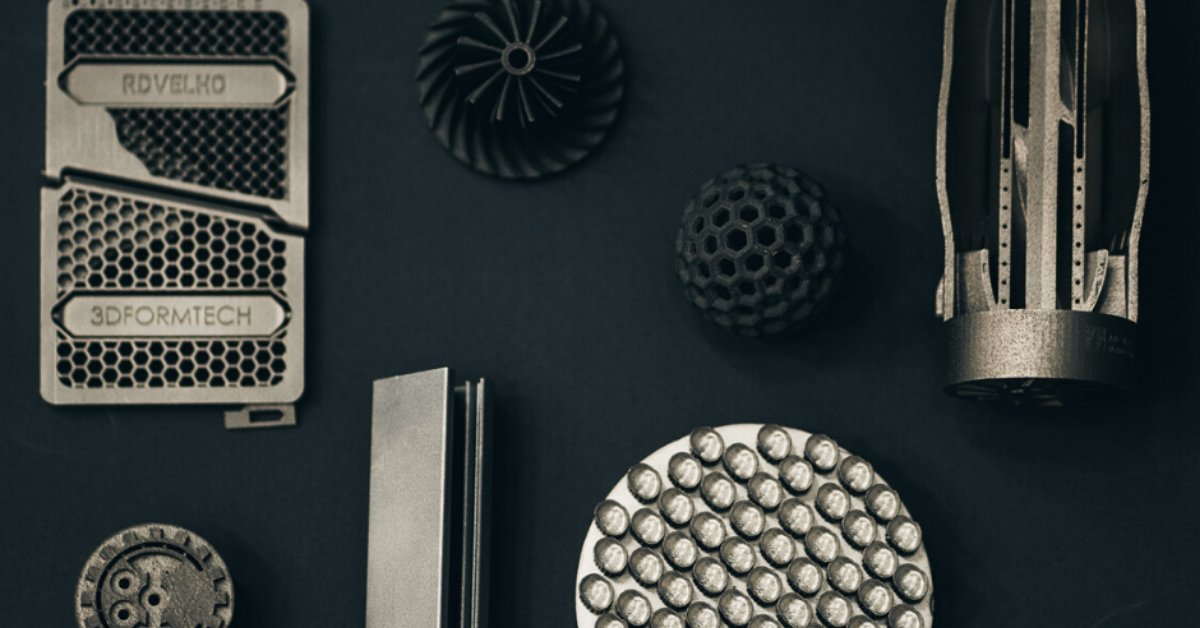3D-printing for designers
While products and their parts had to be designed for manufacturability in the past, 3D printing brings unlimited possibilities to the designer. The starting point no longer needs to be the way the product is manufactured, but rather, what the product or part is intended to be and do. We know that 3D printing raises questions. That’s why we’ve put together a range of tips and information on this page to help you design.
You can also contact us at any time if you have questions! 📞
3D printing brings endless possibilities for designers ✔️
3D printing works in many ways in the exact opposite way to traditional manufacturing methods. For example, when a certain piece is manufactured by machining, the limitations of the manufacturing process may force you to include parts and shapes that are irrelevant to the functionality of the piece. So there may be excess material in the piece only because it cannot be manufactured with that method otherwise.
In 3D printing, complexity is an asset, whereas in traditional, casting-based production methods, complexity is a red flag, and often means higher costs or manufacturing difficulties. So it’s not surprising that it can take a while for a designer used to traditional production methods to master 3D modelling, when the mindset required is practically the opposite of what was required before. The principles that worked in traditional production methods have to be replaced by new ones in the 3D era.
We warmly welcome you to the world of industrial 3D printing!

Tips for designing plastic parts
Plastic parts that are durable? You bet! When it comes to industrial-grade 3D printing, plastic parts are guaranteed to meet the strictest of standards of the manufacturing industry. What to consider when designing a 3D printed plastic part?

Tips for designing metal parts
3D printing can be used to produce ready-to-use metal parts that would be difficult, impossible or very expensive to machine. What should you consider when designing a 3D printed metal part?
6 design tips
✔️ Invest in 3D modelling
Before a 3D printer can be put to work, a 3D model of the object to be printed is needed. The cost of 3D printing is affected by the size of the part when printing plastic parts and the amount of material used when printing metal parts. If you want to reduce the cost of 3D printing, the design of the 3D model should aim to minimize the amount of material used in the parts.
In addition to minimizing the amount of material, it is important to optimize the properties of the part in 3D modelling. In 3D modelling, the part can be optimized for stiffness, weight and flow, among other things. This results in a more efficient piece. It becomes smaller, lighter and more functional, as well as cheaper.
✔️ Prototype or final product?
In most cases, a designer can use 3D printing in two different ways. The first option is to design a product that is manufactured, for example, by injection molding. To do this, a prototype is first 3D printed to ensure the functionality and design of the product without the need for expensive molding costs and possible modifications.
The second option is to design and build the entire end product by using 3D printing. This gives significantly more possibilities, as complexity or multiple functions and shapes do not add cost. In addition, 3D printing allows parts to be joined together, making the assembly a single part using 3D printing.
✔️ Save on costs
One of the big differences between 3D printing and other manufacturing methods is its cost-effectiveness, which comes from flexibility, speed and low risk of production errors. The price structure in 3D printing is slightly different from a traditional production method, where, for example, a considerable amount of cost is involved in the production of a single mold.
Many people are used to looking only at the initial cost of manufacturing. However, the cost structure should be reviewed from the perspective of the whole product life cycle. A 3D printed part can have more functions and therefore a longer lifespan, resulting in savings in the long run. A part of the cost can also be redeemed with the added value that the product or component brings to its user.
✔️ Get rid of unnecessary mass
With traditional manufacturing methods, you may have gotten used to leaving unnecessary mass in the parts. When it comes to 3D printing, our advice is clear: leave out the unnecessary mass.
One of the many advantages of 3D printing is its customizability. What does it mean in practice? Let’s say you are designing a bicycle handle. Normally, you should probably consider some kind of universal average for the size of the handle, so that it fits in as many hands as possible. Because of the high cost of molds, it is not worth starting to make many different molds. 3D printing, on the other hand, allows you to make three handles of different sizes if you want. It does not add significantly more costs, but it is guaranteed to add value to the product from the customer’s point of view.
✔️ Choose the right material
The range of materials used in industrial 3D printing has grown and will continue to do so in the future, bringing the potential of 3D printing to an increasing number of sectors – including where requirements and standards are particularly stringent (for example, where extreme strength, fire resistance or heat resistance is required).
The choice of material depends largely on the part to be designed and its functions. At best, you can even combine several materials to create a part with different functionalities. We recommend consulting 3D printing experts at the design stage to ensure the right choice of material.
✔️ Streamline processes
3D printing makes processes more efficient, and is often a faster manufacturing method than others. Harnessing the full potential of 3D printing can therefore streamline many activities, and create tools that make everyday work easier.
Take Jake, for example, who works in a car factory. In addition to 3D printing the actual car parts, a range of tools and solutions to make the process more efficient can also be 3D printed. These could include a 3D-printed tire setter or a stand where Jake can rest his hand and work more ergonomically. These are good examples of what we mean by the unlimited possibilities of 3D printing.